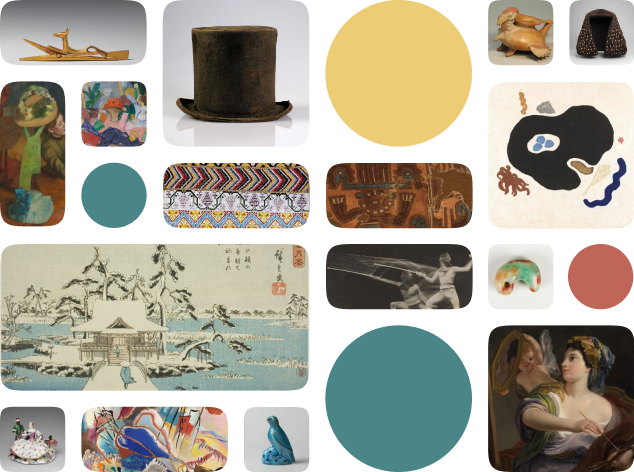Sword from the Arsenal of Alexandria
Creator Name
Cultural Context
Date
Source
About the Work
This is a rare Medieval sword for which we have a detailed provenance. One part of the blade is marked with a cross and the letter “w.” The cross indicates an original Christian owner, and the style of the sword indicates it was made in Europe. An inscription on the blade reads, in Arabic, “Donation of al-Mālik al Mu`ayyad Abū al-Nasr Shaykh to the armory in the frontier city of Alexandria [in the] year 822 [A.D. 1419]." From that, and from the physical evidence of the weapon itself, we can surmise that a European swordsmith fashioned this steel blade and steel-and-wood hilt sometime before 1419. Possibly, a North African soldier took this sword as booty after a Crusades-era clash with a European army in the Aegan or the Levant. Or perhaps, the king of Cyprus sent this sword to the Sultan as tribute. Either way, in 1419, al-Mālik al Mu`ayyad Abū al-Nasr Shaykh donated the sword to the Mamluk armory in Alexandria. There, it joined a large collection of other European arms. At the time, the Mediterranean port city of Alexandria in Egypt was on the frontier between the Mamluks and the Byzantines and Ottomans to the north. By the mid-1500s, the Ottomans had captured the sword as part of their defeat of the Mamluks. It resided in the Ottoman Arsenal in Istanbul until 1922, when that empire was just about to fall. At that time, a New York buyer purchased it and brought it to the United States, bequeathing it to the Metropolitan Museum of Art upon his 1928 death.
Metropolitan Museum of Art Object Description
Sword
Work details
"--" = no data available
Title
Creator
Worktype
Cultural Context
Material
Dimensions
Technique
--
Language
Date
Provenance
Style Period
--
Rights
Inscription
--
Location
Source
Subjects
Topic
--
Curationist Contributors
Related Content
All Works in Curationist’s archives can be reproduced and used freely. How to attribute this Work:
Unknown, Sword from the Arsenal of Alexandria, before 1419. Metropolitan Museum of Art. We can surmise that a European swordsmith fashioned this sword sometime before 1419. It was taken as booty, gifted to a sultan, and eventually donated to the Mamluk armory in Alexandria. Public Domain.
Help us improve this content!
Let our archivists know if you have something to add.
Save this work.
Start an account to add this work to your personal curated collection.
